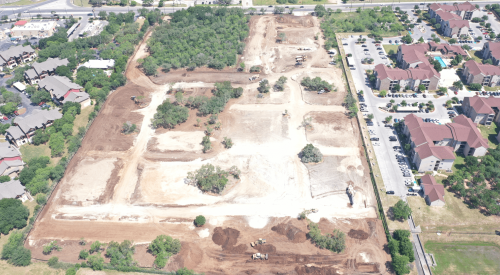Home prices increase when they are located near the "right" amount of specialty food stores, coffee shops, and other community amenities. But utilizing this nonlinear, intuitive, nontraditional home price data is confounding experts.
Developers and investors seek "quick, actionable insights," regarding these latest trends in home price data as it relates to gentrification and community amenities, so that they can anticipate where to build, invest, and acquire property. According to the Urban Land Institute, solutions are likely to come in the form of technological and artificial intelligence's advances, which "is frequently exponential rather than linear," advising that companies incorporate them as "realistic supplements to their current underwriting, portfolio review, and research processes. If companies fail to act now, they run the risk of adapting too late."
Being slow to identify subtle trends means leaving money on the table. Conversely, being a first mover on a compelling (and perhaps inconspicuous) opportunity translates into significant advantage. Why is it so hard to claim that spot as a first mover? How can real estate developers and investors keep track of so much data and quickly find hidden patterns—and harness them for profitable investments? And what has prevented them from doing so?












